Introduction
Understanding Autism Signs in Babies: A Comprehensive Guide
Detecting early signs of autism is crucial for timely intervention, which can significantly support a child's development. This comprehensive guide explores the various indicators and behaviors that may suggest autism in babies.
From the potential metabolic changes that occur before the onset of autism to the enhanced brain activity in infants as young as four months, this article provides valuable insights into the early signs of autism. Additionally, it emphasizes the importance of routine screening and early intervention in order to provide the necessary support and resources for children on the autism spectrum.
Understanding Autism Signs in Babies: A Comprehensive Guide
Detecting early signs of autism is crucial for timely intervention, which can significantly support a child's development. A study focusing on toddlers at high genetic risk for autism used the CHAT instrument, revealing that four out of 41 children failed on two or more key behaviors indicative of autism.
By 30 months, these children were diagnosed with autism. This highlights the potential of early screening at 18 months to identify signs of autism.
Additionally, research from the University of California San Diego School of Medicine has identified metabolic changes that occur between birth and the onset of autism, which could lead to earlier detection methods. Meanwhile, experts at Birmingham BabyLab have found that babies as young as four months can have enhanced brain activity when anticipating touch, showing that the multisensory brain is active from a very early age.
These findings are pivotal as they suggest that awareness of body and space, which is often affected in autism, begins to develop much earlier than previously thought. Communication is another area where early signs of autism might be evident.
Using simple language, eye contact, gestures, pictures, or symbols can aid in understanding whether a child is experiencing developmental delays. If concerns arise, a caregiver should consult with a doctor for an evaluation. Developmental delays can be a sign of autism or other medical conditions, and early intervention is key to helping a child reach their full potential. According to the National Institute of Mental Health, embedding routine screening for autism in well-baby checkups can aid in the early identification of autism, allowing for earlier connection to support and services. With males being four times more likely to have autism and facing educational barriers, recognizing early signs is vital for providing the necessary support to navigate these challenges.
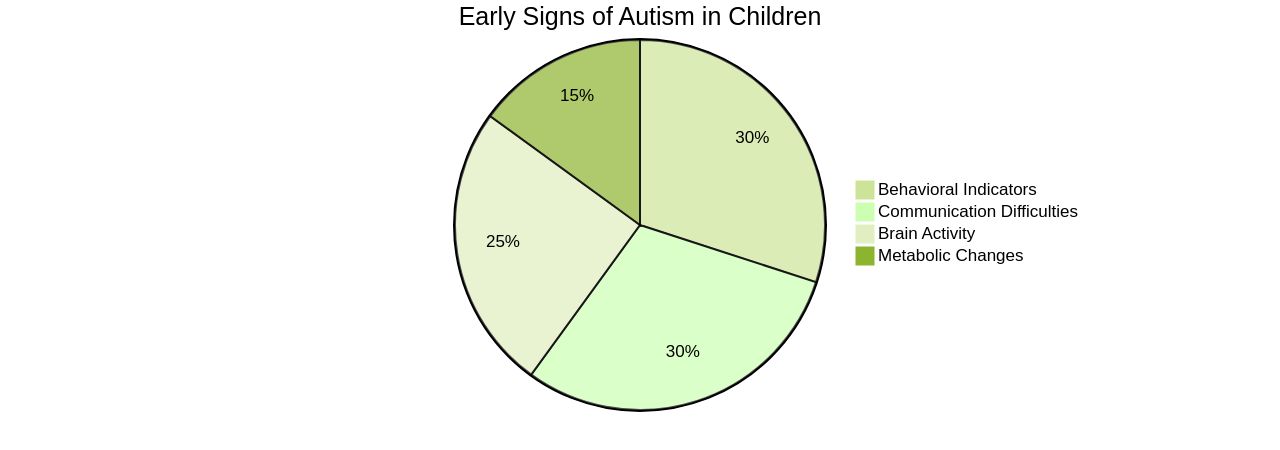
What is Autism Spectrum Disorder (ASD)?
Autism Spectrum Disorder (ASD) is a complex neurodevelopmental condition with a spectrum of symptoms that affect individuals differently. Children with ASD experience a range of challenges in social interaction, communication, and behavior, often accompanied by additional conditions like sleep disturbances and Avoidant/Restrictive Food Intake Disorder (ARFID).
The variability in ASD's presentation makes it crucial for diagnosis and treatment to be highly individualized and multidisciplinary. Unfortunately, social determinants of health, such as lack of transportation, unstable housing, and insufficient health insurance, can severely limit access to necessary care.
The recent rise in autism prevalence to 1 in every 36 children underscores the urgency for healthcare systems, particularly in the US, to address these inequities. Providers have a critical role in navigating these systemic barriers and advocating for policies that ensure all children, regardless of their insurance status, receive the care they deserve.
Recent findings suggest that while genetics and environmental factors contribute to the development of ASD, social factors like infertility may influence its incidence, although fertility treatments themselves do not appear to be a factor. Furthermore, the diagnosis of ASD should be informed by both caregiver insights and professional observations, as outlined by the DSM-5. As awareness grows, it's vital to dispel myths such as the notion that ASD affects all individuals similarly; the condition manifests in diverse ways, with some individuals displaying exceptional abilities in certain domains, while others face significant challenges. The support from non-profit organizations and community resources is often a lifeline for families facing the challenges of navigating the healthcare system without insurance. Through collective efforts from healthcare providers, policymakers, and advocacy groups, progress can be made in improving the quality of life for children with ASD and their families.
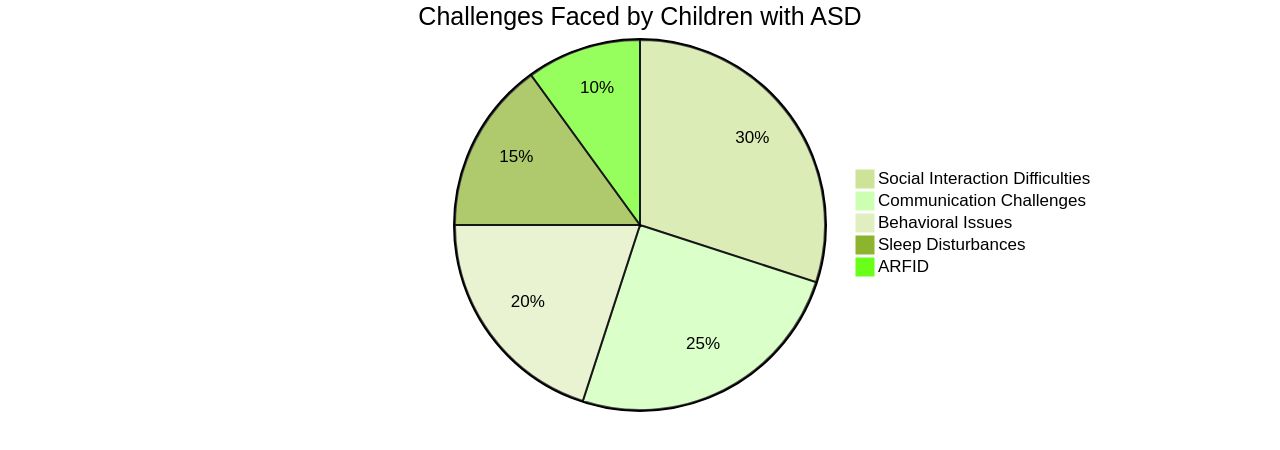
Early Signs of Autism in Babies
Detecting autism early in a child's life is crucial for providing timely interventions that can significantly improve their quality of life. Studies have shown that certain behaviors, such as limited eye contact, reduced social smiling, and delayed babbling, may be early indicators of autism in infants.
These signs can sometimes be observed as young as 12-14 months, emphasizing the importance of routine screening during well-baby checkups. In a groundbreaking study, 41 toddlers at high genetic risk for autism were screened using the CHAT instrument, revealing that early detection is indeed possible.
Findings indicated that the four children who exhibited multiple key behavioral issues, such as lack of pretend play and joint-attention, were later diagnosed with autism by 30 months. With autism rates on the rise—now affecting one in 36 children in the United States, according to CDC data—identifying these signs is more important than ever. Parents who notice these early behaviors in their babies should consult healthcare professionals who can provide a thorough evaluation and guide them to appropriate resources and support.

Signs of Autism in Infants 1 to 3 Months Old
Identifying autism in the earliest stages of a child's life can be a subtle process, with early signs including potential delays in social skills, like making eye contact or responding to names. Parents should be vigilant in observing their infant's social engagement and milestone achievements. It's essential to recognize that although the biological underpinnings of autism spectrum disorders (ASDs) remain elusive, early behavioral markers can be detected.
Indeed, studies have shown that routine screening during well-baby checkups can reveal signs of autism in children as young as 12 to 14 months. Despite these advances, the average age of ASD diagnosis is around 3 years. Early intervention is crucial, yet many children miss the opportunity for timely support during critical developmental windows.
Research utilizing the Checklist for Autism in Toddlers (CHAT) has demonstrated the possibility of identifying autism risk at 18 months, with follow-up assessments confirming diagnoses by 30 months. These findings underscore the importance of parents and health professionals working together to monitor developmental progress and address any concerns promptly. The rising prevalence of autism, now affecting 1 in 36 children in the United States, further emphasizes the need for awareness and early detection strategies.
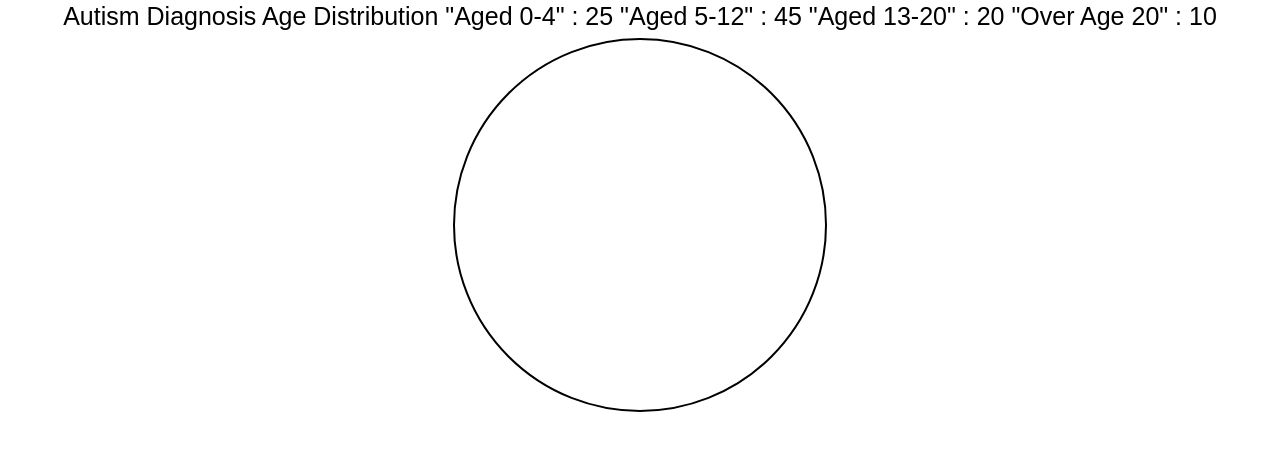
Signs of Autism at 4 to 6 Months
By the time infants are 4 to 6 months old, certain developmental milestones can offer early indicators of autism spectrum disorders (ASDs). A keen eye might observe a reluctance to engage in shared attention, such as following a parent's gaze or gestures, which is typically expected at this stage. Furthermore, delays or atypical patterns in motor skills development, like crawling or grasping, and challenges in social interactions, including reduced responsiveness to social stimuli, can be signs that warrant closer attention.
The importance of early detection cannot be overstated, as children diagnosed with autism by age 4 are fifty times more likely to receive essential services that can significantly enhance their development. However, with the average age of diagnosis currently standing at around 3 years, many children miss out on early intervention opportunities during the critical period of brain development before 18 months. This is particularly concerning given the rising prevalence of autism, with recent figures suggesting that in the United States, one in 36 children are affected.
Parents are encouraged to communicate their observations with healthcare providers, who can offer guidance and, if necessary, referral to specialists for further assessment. Rigorous studies have highlighted the potential for identifying autism as early as 18 months, emphasizing the value of vigilance and proactive communication between parents and healthcare professionals for the well-being of their children. The journey to understanding and supporting a child with autism begins with recognizing these early signs and taking action to connect with resources and interventions that can make a meaningful difference in their lives.
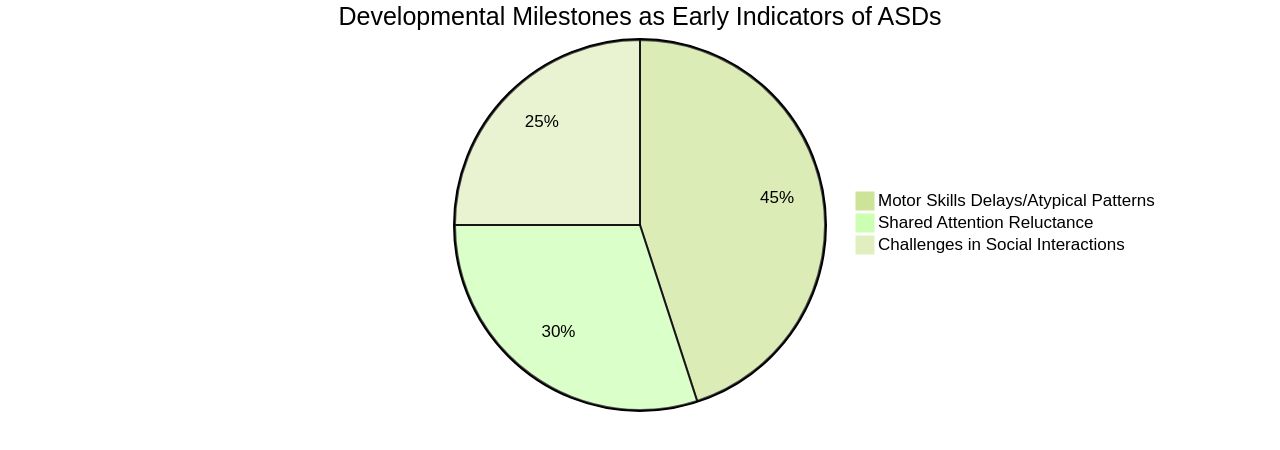
Signs of Autism at 7 to 12 Months
As infants approach their first birthday, subtle developmental cues can signal the need for closer observation. For instance, limited or repetitive babbling, inattention to being called by name, and a scarcity of communicative gestures could be early indicators of autism spectrum disorder (ASD).
A study focusing on 18-month-old toddlers, particularly those with a higher genetic risk for autism, utilized the Checklist for Autism in Toddlers (CHAT) to detect such early signs. Results showed that over 80% of typically developing toddlers did not exhibit more than one key behavior—like pretend play or joint attention—associated with ASD.
In contrast, those who displayed multiple concerning behaviors were later diagnosed with autism by 30 months. This emphasizes the importance of early detection and intervention, which can significantly alter the developmental trajectory of children with ASD. In light of CDC data revealing that 8.5% of children in the U.S. have a developmental disability, with autism diagnoses now affecting one in 36 children, the urgency for parental vigilance and professional consultation cannot be overstated. Should parents notice potential developmental delays, it is crucial to seek a healthcare professional's expertise for a comprehensive assessment and guidance on supportive services.
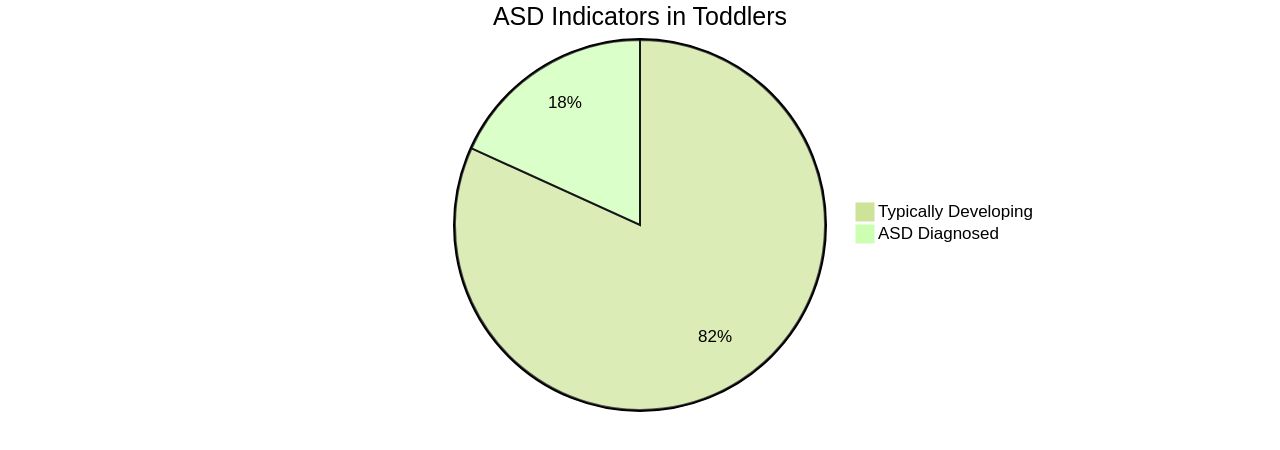
Conclusion
In conclusion, detecting early signs of autism in babies is essential for timely intervention and support. Studies have shown that behaviors such as limited eye contact, reduced social smiling, delayed babbling, and developmental delays can be indicators of autism in infants as young as 12 to 14 months.
Routine screening during well-baby checkups can aid in the early identification of autism, allowing for earlier connection to support and services. Early detection is possible through instruments like the CHAT, which has shown promising results in identifying autism risk at 18 months.
The importance of early intervention cannot be overstated, as it significantly improves a child's quality of life and developmental outcomes. By providing timely resources and support, parents and healthcare professionals can navigate challenges and ensure the well-being of children on the autism spectrum.
It is crucial for parents to be vigilant in observing their baby's social engagement and milestone achievements. If concerns arise, seeking a comprehensive evaluation from a healthcare professional is recommended.
The rising prevalence of autism emphasizes the need for awareness and early detection strategies. By recognizing early signs of autism and taking action, we can make a meaningful difference in the lives of children with ASD. Through collective efforts from healthcare providers, policymakers, and advocacy groups, progress can be made in improving the quality of life for children with autism and their families. Remember that early detection leads to early intervention, which is key to helping children reach their full potential. Together, we can provide the necessary support and resources for children on the autism spectrum to thrive.




